- This is an example of the alert banner that we can use to highlight breaking developments.
- Learn More
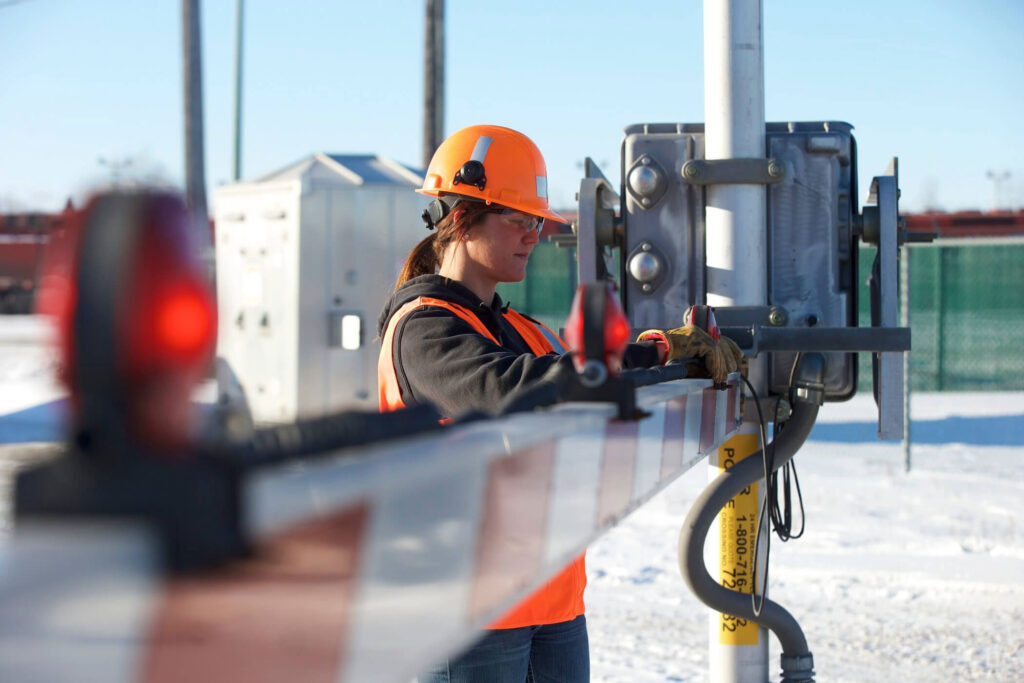
Class I rail carriers and several of their union partners have already reached — and in many cases, ratified and implemented — more than 50 local and national collective bargaining agreements to resolve the 2025 bargaining round. These agreements address key employee priorities with wage increases, enhancements to world-class health benefits and earlier access to paid time off. Learn more about the terms of these agreements.
The terms of the pattern agreements provide wage increases of 18.8% over five years. Based on current inflation projections, this will translate to real wage growth for covered railroaders along with pay certainty for the life of the contract.
These enhancements are paired with no increase to the employee contribution rate. Employees’ 2025 health care premiums have decreased to about $277/month, well below the national average of more than $500/month for employer-provided family coverage.
The pattern agreements provide for more paid vacation time for employees earlier in their careers.
Learn more about the status of agreements between railroads and unions this bargaining round.
Last updated December 1, 2025
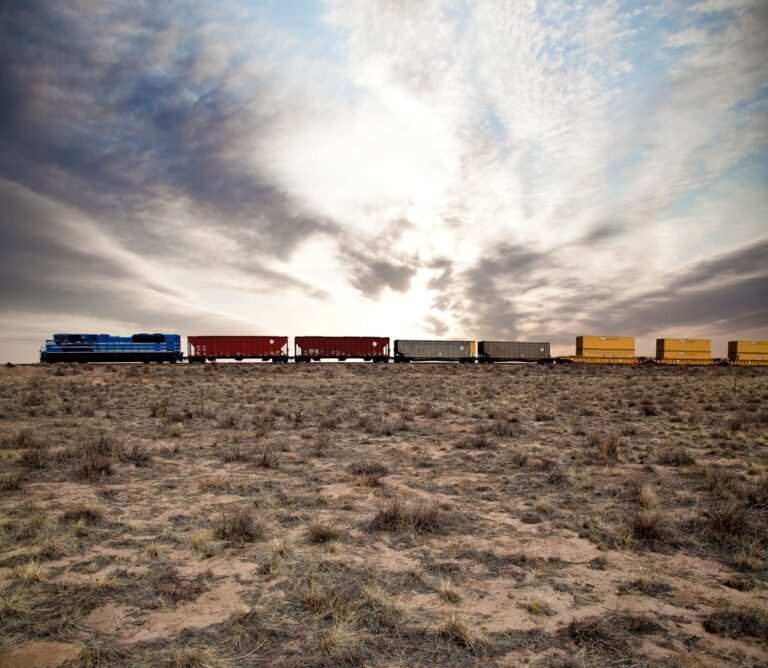
2025 bargaining round has seen historic collaboration between freight rail carriers and the unions Arlington,...
Link to Content
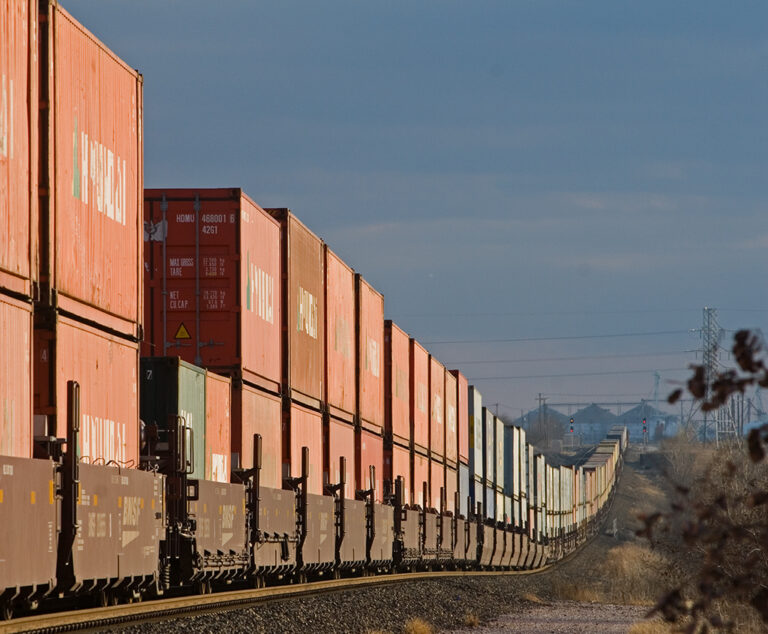
Within the first year of national bargaining, 75% of rail union employees have ratified agreements....
Link to Content
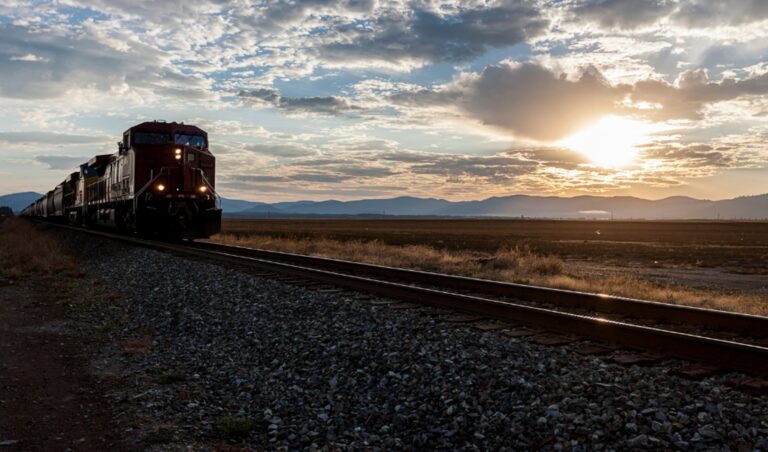
Once ratified, more than 80% will be covered by pattern terms. Arlington, Va. (September 16,...
Link to Content
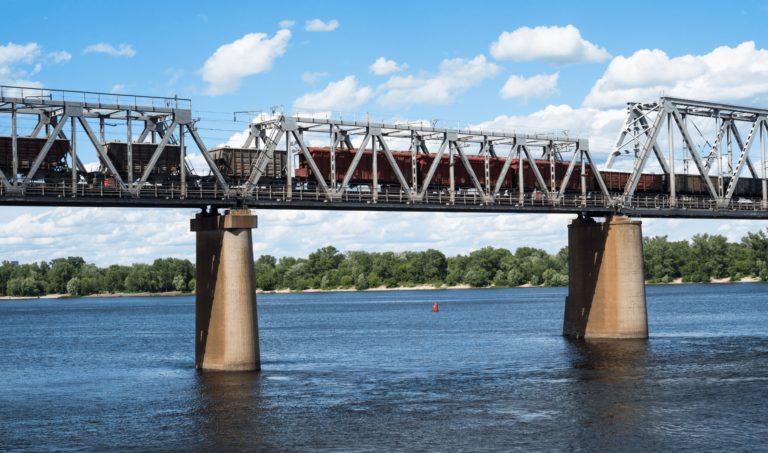
Arlington, Va. (August 26, 2025) – The National Carriers Conference Committee (NCCC) today announced it...
Link to Content
Find answers to your questions about the freight rail industry and our collective bargaining process.
When did national negotiations start?
The current national collective bargaining agreements between freight rail carriers and rail unions reopened for negotiation starting on November 1, 2024. At that time, “Section 6 notices” were exchanged and bargaining began.
Why have some carriers and unions already announced new agreements?
Some carriers (including those represented by the NCCC) and unions have proactively reached and ratified agreements early in the bargaining process, including both local and national agreements. The early local agreements established a pattern that provides a clear framework for resolving the national round, addressing key employee priorities and providing wage increases, enhanced health benefits and earlier access to paid time off.
Carriers and unions that have reached ratified agreements do not need to participate in the current bargaining round. The early agreements also do not change the timeline for national bargaining.
Who are the parties involved in national railroad bargaining?
The current round of national bargaining includes 28 railroads represented by the National Carriers’ Conference Committee and 12 rail unions:
Click here for more information about the current round of negotiations, including the status of agreements between carriers and unions.
How long does the bargaining process take?
The duration of the process can vary. Some agreements are reached quickly, while others may advance through several stages of the RLA process. Our goal in this round is to reach timely, voluntary agreements that benefit all stakeholders and are consistent with the pattern set by early national and local agreements.